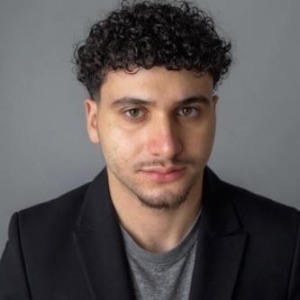Orbicularis Muscle
The Orbicularis Muscle refers to a group of muscles in the face that form a circular pattern around the eyes, mouth, and other facial openings. The two main components are the orbicularis oculi, encircling the eyes, and the orbicularis oris, surrounding the mouth. These muscles play a vital role in facial expression, allowing for actions such as blinking, squinting, and puckering of the lips. The orbicularis oculi, composed of orbital and palpebral parts, contributes to eye protection and closure. It is crucial for facial expressions like smiling and frowning. The orbicularis oris, responsible for controlling lip movements, aids in speech, eating, and various emotional expressions. Innervated by the facial nerve (cranial nerve VII), the orbicularis muscle group is integral to non-verbal communication and conveying emotions. Dysfunction or weakness in these muscles can affect facial symmetry and expressions, leading to conditions like Bell's palsy. Plastic surgeons often consider the orbicularis muscle in facial rejuvenation procedures. Understanding the intricate anatomy and function of the orbicularis muscle is essential for professionals in fields such as dermatology, plastic surgery, and neurology, as it significantly influences the aesthetics and functionality of the face.

Stephen S Tower
University of Alaska Anchorage, United States
Marcos Brioschi
American Academy of Thermology, United States
Wagih El Masri
Keele University, United Kingdom
Akash Ganguly
Warrington and Halton Hospitals NHS FT, United Kingdom
Hussein Jaber
University of Cambridge, United Kingdom




Title : Knotless suture repair for chronic lateral ankle instability: A systematic review & single- arm meta-analysis
Hussein Jaber, University of Cambridge, United Kingdom
Title : The UK profemur recall and implant cobaltism
Stephen S Tower, University of Alaska Anchorage, United States
Title : The tomographic phenotype and the genotype of wormain bones
Ali Al Kaissi, National Ilizarov Medical Research Center for Traumatology and Orthopaedics, Russian Federation
Title : Total Knee Arthroplasty (TKA) in hemophilic arthropathy: Modern outcomes and perioperative strategies
Jack Russek, Touro University California, United States
Title : Musculoskeletal and orthopedic implications of Gender-Affirming Hormone Therapy (GAHT): A PRISMA-Guided systematic narrative review
Jack Russek, Touro University California, United States
Title : New treatment of muscle contracture and joint contracture through muscle regeneration with mitochondrial dynamics
Ki Ji Lee, Busan Medical University, Korea, Republic of